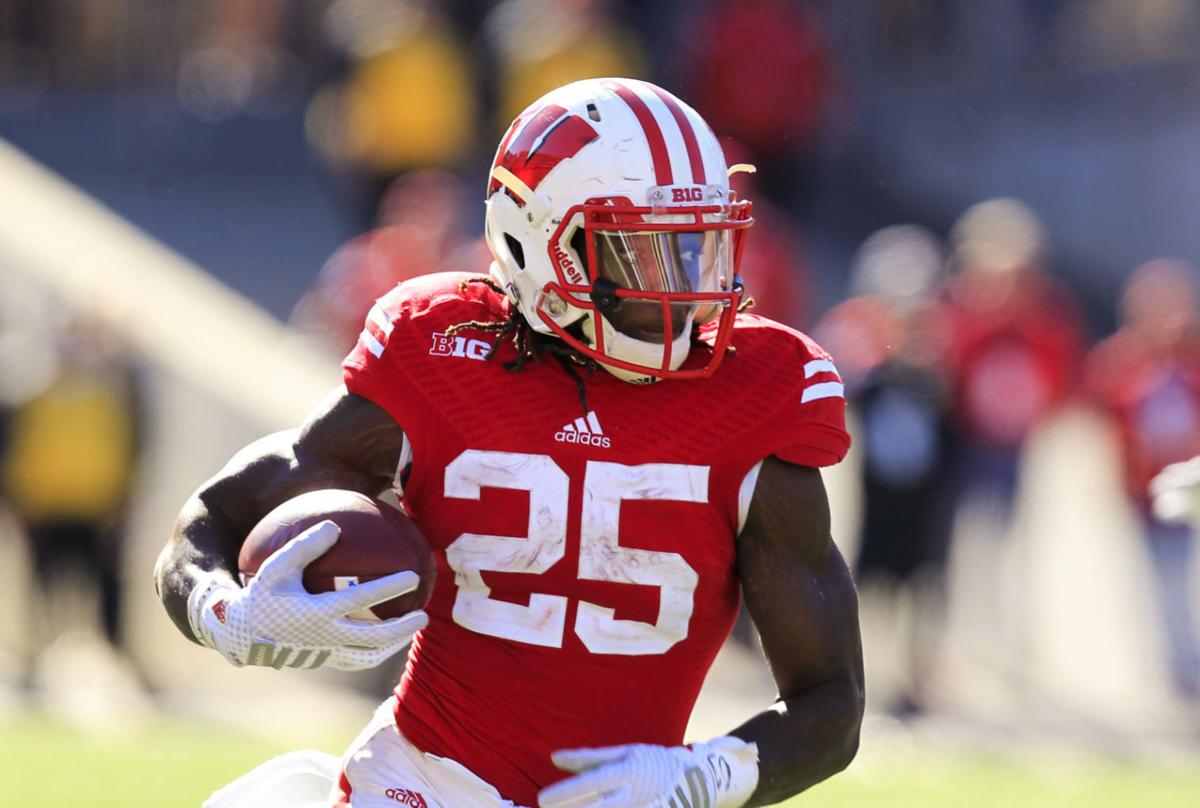Yards per Carry+ (or YPC+):
Measures to what degree a running back exceeds or falls short of the per-carry output of the collective other running backs on his team. Serves as an overview of team-relative rushing performance. As with following team-relative efficiency metrics, allows for cross-situational comparisons between running back performance on a per-carry basis in the same way that market share stats do for production. For running backs drafted since 2007, the average is 0.54.
Chunk Rate+ (or CR+):
Measures how often a running back gains at least 10 yards on his carries, minus the rate at which the collective other running backs on his team gain at least 10 yards on their carries. Indicates how successful a running back has been in navigating the first levels of the defense and reaching the secondary, relative to the offensive environment he operates in. For running backs drafted since 2007, the average is 1.07%.
Breakaway Conversion Rate (or BCR):
Measures how often a running back turns his chunk gains of at least 10 yards into breakaway runs of 20 yards or more. Indicative of how well a player performs in the open field. For running backs drafted since 2007, the average is 31.1%.

Box Count+:
Measures how difficult a running back's carries are relative to the difficulty faced by the collective other running backs on his team, given the average amount of defenders in the box they face on their respective rushing attempts. College box count data (courtesy of Sports Info Solutions) is not available pre-2018. The average for running backs drafted since then is 0.02.
Hypothetical Box Count+:
Using inputs such as weight and receiving production, hypothesizes what a player's Box Count+ might be. Useful for the sake of comparisons between recent players whose Box Count+ numbers are known and historical players for whom the necessary data is not available. For running backs drafted since 2007, the average is 0.05.
Box-Adjusted Efficiency Rating (or BAE Rating):
Improves upon YPC+ by accounting for the box counts that a running back carried the ball against. Measures team-relative yards per carry against each individual box count, then uses a weighted averaged based on total carries against each box count to generate an overall score. A score of 100% indicates that a player is producing exactly the per-carry output of his teammates, a score above 100% indicates that he is outdoing the per-carry output of his teammates to whatever degree, and vice versa for score below 100%. College box count data is not available pre-2018. The average for running backs drafted since then is 117.6%.
Relative Success Rate (or RSR):
Measures per-carry consistency using Success Rate, but relative to a running back's teammates and adjusted for the box counts he faced in the same way that BAE Rating is. "Success" on a given carry is defined (by Football Outsiders) as gaining 40-percent of yards needed on first down, 70-percent of yards needed on second down, and 100-percent of yards needed on third or fourth down. A score of 0.0% indicates that a running back is succeeding on exactly the same percentage of his carries as are the other backs on his team, a positive score indicates that he is succeeding more than his teammates are to whatever degree, and vice versa for a negative score. College box count data is not available pre-2018. The average for running backs drafted since then is 1.8%.
Team RB Stars:
A weighted average of the star-recruit rating of a team's running backs. Indicates the approximate talent level of a given running back's teammates, lending necessary context to a player's team-relative efficiency metrics. The average for (the teammates of) running backs drafted since 2007 is 3.13.
Volatility Rating:
Measures the disparity between a running back's percentile ranks in BAE Rating and RSR in order to indicate how volatile a player's per-carry performance is. High overall efficiency paired with low rate of success indicates boom/bust output, while low overall efficiency paired with high rate of success indicates steady, low-ceiling/high-floor output. Measures degree of volatility, not quality of performance.
Comments
Post a Comment